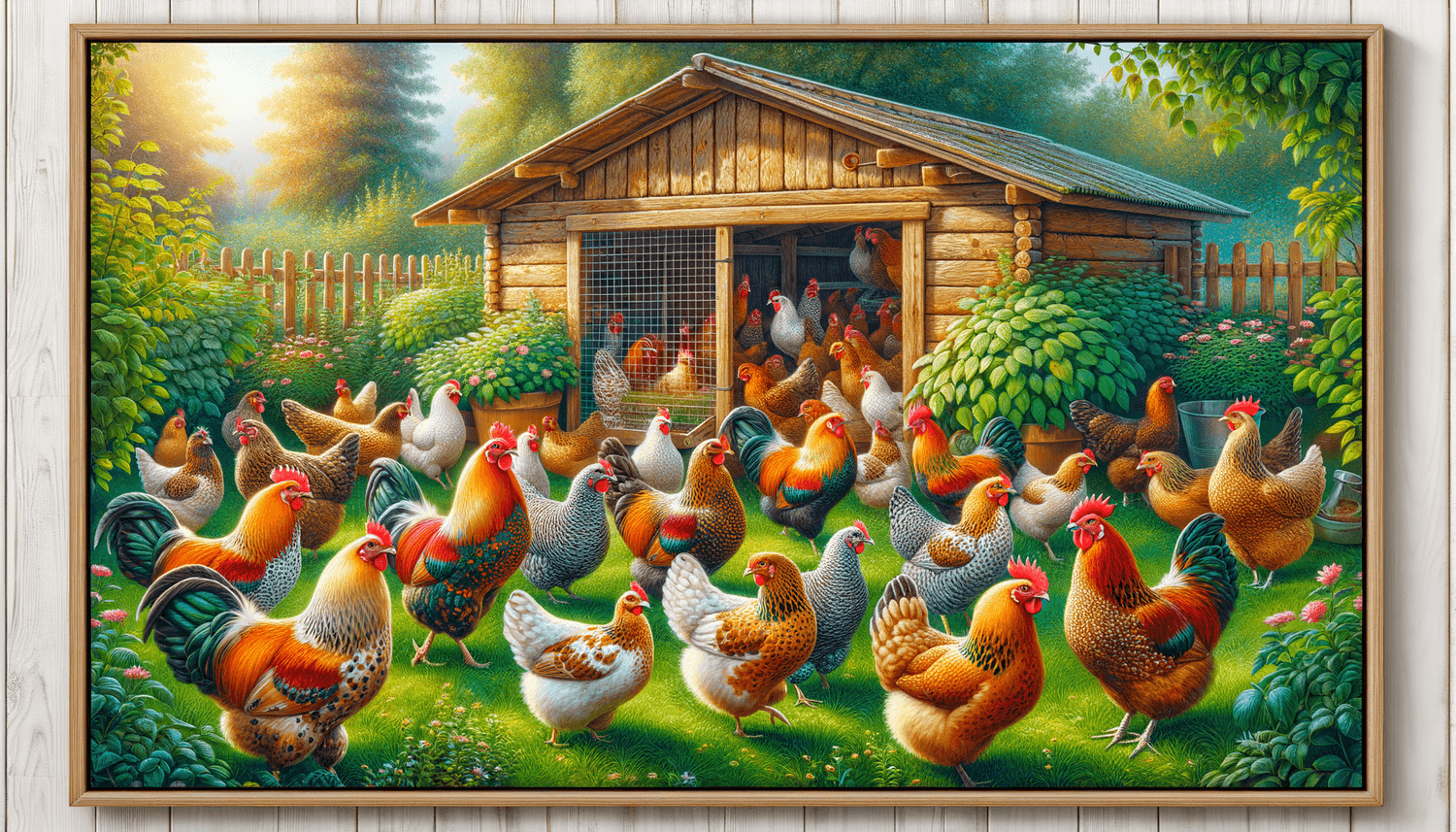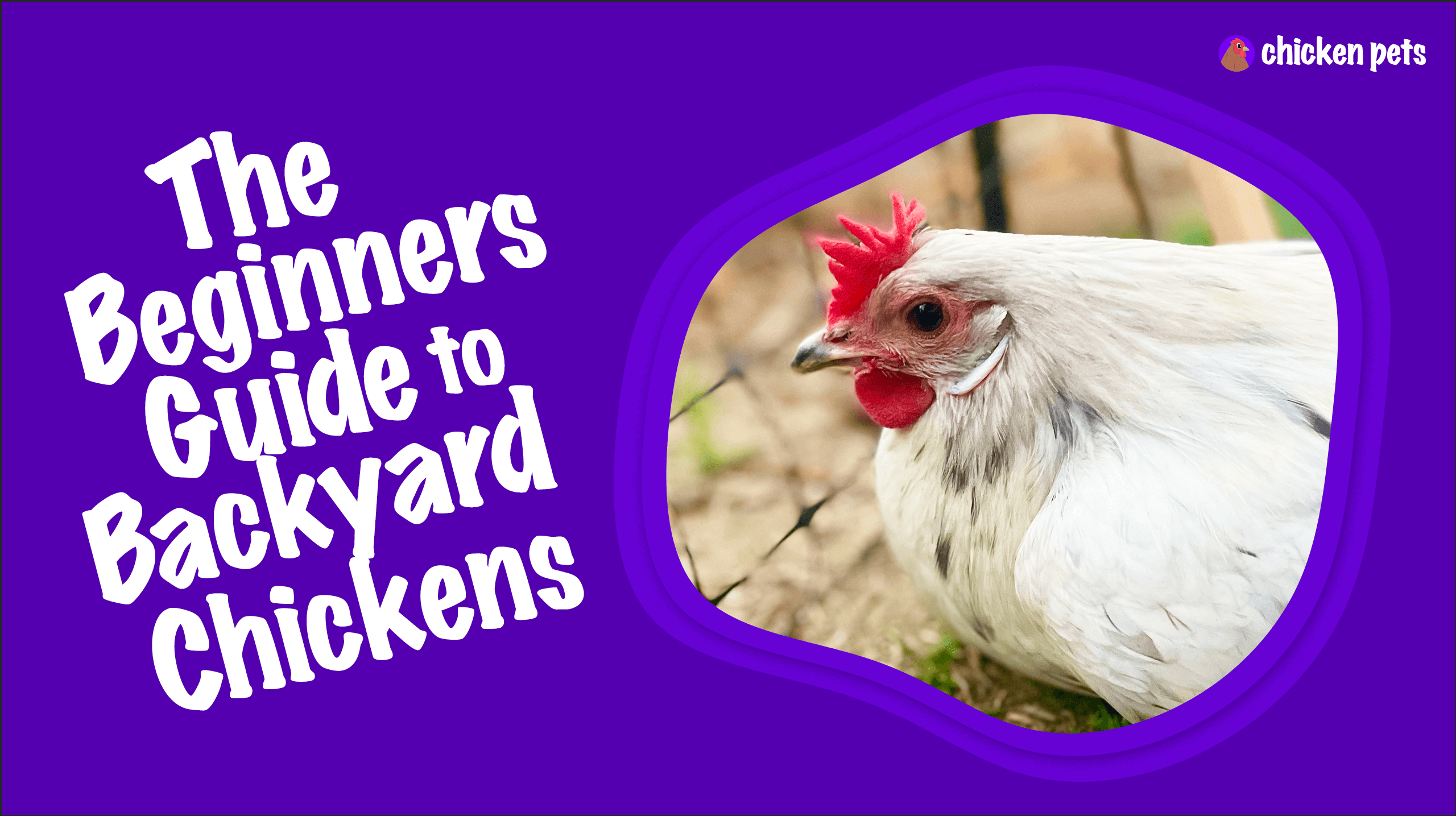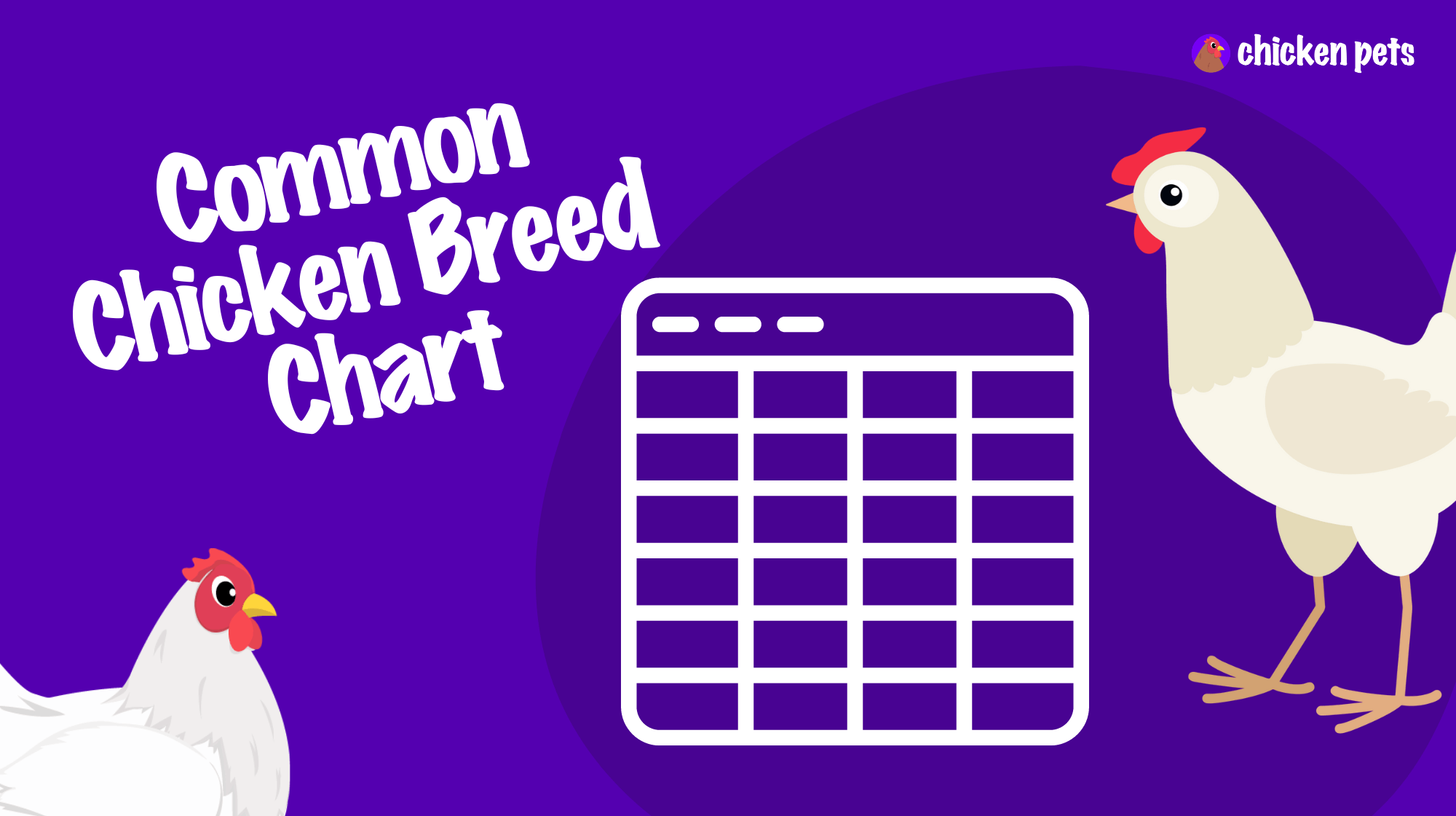Definition of Paring Knife
A Paring Knife is a small, precise, and versatile cutting tool with a narrow, sharp blade, commonly used in the handling and preparation of food items, particularly fruits, vegetables, and small cuts of meat. In the context of chickens and poultry, a paring knife is primarily utilized for tasks such as trimming excess fat, removing small bones or cartilage, and creating precise cuts in the chicken meat. It is particularly useful for tasks requiring precision and control, such as deboning a chicken thigh, preparing chicken for stuffing, or creating chicken cutlets.
Significance of a Paring Knife for Backyard Chicken Owners
The Paring Knife is an essential tool for backyard chicken owners or enthusiasts who are interested in preparing their own chicken meals or engaging in small-scale chicken butchering. As backyard chicken keeping often involves home processing of the poultry, a paring knife helps in making precise cuts in the meat, making the entire process more efficient and accessible for a hobbyist.
Additionally, the paring knife’s compact size and clean cutting abilities can aid in reducing wastage by enabling the backyard chicken owner to utilize as much of the chicken as possible. For those who raise and process their own chickens, the skillful use of a paring knife can enhance the quality of the final product and contribute to a more enjoyable and rewarding experience in preparing and consuming home-raised poultry.
How a Paring Knife Works in Chickens and Poultry Preparation
A paring knife functions through its sharp and narrow blade, which is specifically designed to enable controlled and precise cuts in various food items, including poultry. The slight curvature of the blade, along with its pointed tip, allows the user to easily navigate around the small crevices and bones within a chicken, making it an ideal tool for tasks that require a high level of finesse and accuracy.
When preparing chickens or poultry, the paring knife is utilized at various stages, from initial butchering to trimming and detail work. For example, it can be used to separate joints, cut through small tendons, remove excess fat, or carve out portions of meat from the bone. By employing the right techniques and applying the correct amount of pressure, a paring knife facilitates precise and clean cuts, ultimately improving the aesthetics and quality of the finished dish or product.
Applying Paring Knife Techniques to Backyard Chicken Flocks
Backyard chicken owners can leverage the use of a paring knife to streamline their poultry processing and enable the creation of high-quality, home-prepared chicken dishes. To apply this knowledge to their flock, chicken enthusiasts can follow these practical steps:
1. Invest in a quality paring knife: Choose a sharp, comfortable, and reliable paring knife that suits your needs. Good quality and a comfortable grip will make the process easier and more efficient.
2. Study basic chicken anatomy: Gain a basic understanding of chicken anatomy, which will help you identify the best points to make cuts and reduce the risk of accidentally damaging valuable meat.
3. Learn paring knife techniques: Practice handling the paring knife, employing safe and precise movements. Start with simple tasks, such as trimming excess fat or skin, and gradually progress to more advanced techniques, like deboning chicken thighs or creating chicken cutlets.
4. Utilize the paring knife during processing: When processing your backyard chickens, use the paring knife to separate joints, remove small bones, and trim away any unwanted tissue. Its precision will help you create appealing, professional-looking cuts of meat.
5. Incorporate paring knife skills into everyday cooking: Apply your newly acquired paring knife skills to a variety of chicken dishes, from simple roasted chicken to more elaborate stuffed chicken recipes. The quality of your home-cooked chicken meals will improve, resulting in a more rewarding dining experience for you and your family.
Through practice and persistence, backyard chicken owners can effectively apply paring knife techniques to their flock, maximizing the utility and enjoyment of their home-raised poultry.
Tips & Recommendations for Using Paring Knives for Optimal Chicken Care
Using a paring knife effectively can significantly impact the quality of your chicken processing and preparation. Here are some practical advice and best practices to ensure optimal chicken care when utilizing a paring knife:
1. Sharpness is essential: A sharp paring knife is crucial for precise cuts and minimal effort. Regularly honing your knife or having it professionally sharpened will ensure a consistently sharp blade, which in turn provides cleaner, safer cuts and reduces the risk of accidents.
2. Use proper cutting techniques: Employ appropriate cutting techniques and avoid using excessive force to prevent damaging the meat or causing injury. Practice your technique on fruits, vegetables, or inexpensive cuts of meat before attempting it on your backyard chickens.
3. Prioritize safety: Always be mindful of where your fingers are in relation to the blade when using a paring knife. Keep a firm grip on both the knife and the item being cut. When not in use, store the paring knife in a protective sheath or designated knife block to help prevent accidents.
4. Choose the right tool for the job: Though the paring knife is versatile, it’s not suited for all tasks. For instance, avoid using it to cut through large bones or chop frozen meat. Instead, use heavier, more robust knives or specialized tools for those tasks.
5. Keep your workspace clean and organized: Maintain a clean and clutter-free working area while processing chickens. This will enable better control of the knife, minimize cross-contamination, and make the overall experience more pleasant and efficient.
6. Develop your skills: Practice and refine your paring knife skills on a regular basis to continuously improve your accuracy, speed, and overall mastery. Consider taking a course, watching online tutorials, or seeking advice from experienced professionals to expand your knowledge and expertise.
By following these tips and recommendations, you can maximize the efficiency and safety of using a paring knife in chicken care, leading to higher quality home-processed chicken and an enhanced culinary experience.
Additional Information on Paring Knives for Chicken Care
While we have covered essential aspects of using a paring knife in chicken care, there is always more to learn. Gain a deeper understanding of this versatile tool by considering these additional aspects related to paring knives:
1. Types of paring knives: There are several types of paring knives available, each with their specific uses. Some popular types include the classic paring knife, bird’s beak paring knife, and sheep’s foot paring knife. Familiarize yourself with their unique advantages and decide which type or types may best suit your needs.
2. Blade materials: Paring knives are typically made of stainless steel or high-carbon stainless steel. While stainless steel is highly resistant to corrosion and is reasonably durable, high-carbon stainless steel offers a sharper, longer-lasting edge with slightly less corrosion resistance. Choose a paring knife material according to your preferences and local conditions.
3. Proper cleaning and maintenance: To maintain the quality of your paring knife, clean it directly after use with warm, soapy water, and dry it thoroughly. Avoid putting the knife in a dishwasher, as it may dull the blade and cause the handle material to deteriorate over time. Remember to sharpen it regularly to maintain optimal performance.
4. Ergonomics of the knife: A comfortable grip is a critical factor in choosing and using a paring knife effectively, especially if you’ll be using it frequently. Look for knives with ergonomic handles designed to reduce hand strain and provide a secure grip during use.
Armed with this comprehensive knowledge of paring knives, both beginners and experienced backyard chicken owners can greatly improve their chicken care processes, leading to excellent results and delightful dining experiences.
Frequently Asked Questions on Paring Knives in Chicken Care
In this section, we address common questions that backyard chicken owners may have about using paring knives for chicken care, providing clear and easy-to-understand answers that will further enhance your knowledge.
1. What makes a paring knife different from other kitchen knives?
A paring knife is characterized by its small size, sharp, narrow blade, and pointed tip, which allows for greater control and precision when making intricate cuts or trimming. It differs from other kitchen knives such as chef’s knives or boning knives in its size, shape, and intended cutting applications.
2. Can a paring knife be used to cut through bones?
A paring knife is not designed to cut through large bones or dense cartilage. Its primary purpose is to perform delicate tasks requiring precise cuts, like trimming fat or removing small bones. For cutting through larger bones in poultry, use a heavier and more robust knife, like a cleaver or a bone saw.
3. How often should I sharpen my paring knife?
The ideal frequency for sharpening your paring knife depends on how often you use it and the type of tasks you perform with it. However, as a general guideline, regular honing (realignment of the blade’s edge) should be done every few uses, while full sharpening is typically required every few months.
4. How do I safely debone a chicken using a paring knife?
To safely debone a chicken using a paring knife, follow these general steps: (1) secure the chicken on a cutting board, (2) locate the joints and use your paring knife to carefully separate them, (3) glide the knife along the bones with a gentle sawing motion while keeping the blade angled away from the meat. Make sure to practice proper knife handling techniques and maintain a secure grip throughout the process.
5. Can paring knives be used to fillet or butterfly chicken breasts?
Yes, a paring knife can be used to fillet or butterfly chicken breasts due to its sharp blade and precise control. However, it may be easier to use a flexible boning or fillet knife specifically designed for these tasks, as they provide greater flexibility and ease of movement around the contours of the meat.
6. Is it necessary to have multiple types of paring knives for chicken care?
While it is not strictly necessary to have multiple types of paring knives for chicken care, having a variety of knives can offer certain advantages. Different paring knife styles have unique attributes that may be better suited for specific tasks, such as a bird’s beak paring knife for detailed trimming or a sheep’s foot paring knife for slicing. It ultimately depends on the preference and skill level of the user.
7. Can I use a paring knife to prepare a whole chicken?
While it is possible to use a paring knife to prepare a whole chicken, it is not the most efficient tool for all tasks involved. A paring knife excels at precision work, but for tasks like breaking down a whole chicken, it is generally more effective and efficient to use a combination of knives, such as a chef’s knife for the initial cuts and a paring knife for finer trimming and detailing.










